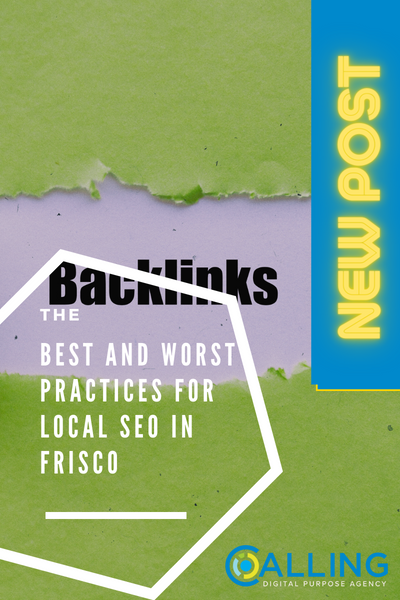How Local SEO Helps Small Businesses Improve Rankings
All digital marketing strategies would be ineffective without a search engine optimization (SEO) strategy. While national and global brands typically aim for national SEO results, small businesses focus on local rankings. This is where local SEO comes in.
For a small business like yours, your customer base is limited to prospects in your area. For instance, it wouldn’t do you any good if your store comes up in the search results of someone from a different state because they’re not going all the way to your store to buy your product. So, local SEO focuses on improving your ranking in local search engine results pages (SERPs) to grow your business effectively.
Local SEO: How to Start
When optimizing local SEO for your business, you need to begin with listing your business in Google’s My Business Location. Be thorough when filling out information and include links relevant to your content and prospects. The latter helps give your business clout with the algorithms.
Furthermore, you also want to input your business into local internet directories, including your business name, address, and contact information. Doing this gives your customers the ability to access your business information in any directory. In addition, the more consistent the information about your business is, the more it will appear legitimate to computational algorithms that determine rankings.
Local SEO: How They Help Businesses
Here’s how local SEO can help your business in an ever-changing online landscape:
1. Hyper-Localized Marketing
Hyper-localized marketing was born out of a change in Google’s algorithm where search result rankings considered only businesses that fall within a specific radius from the user’s location. That means users can only see results within their proximity.
This is employed when an application requests to access the user’s location to provide better results. Hence, digital markets focused on hyper-localized marketing so that they’d appear on these maps.
2. Mobile-First Indexing
Yet again, Google changed its rankings algorithm to prioritize websites optimized for mobile devices as the primary source for indexing. The move aimed towards better accommodation for users, most of whom access websites through their mobile devices.
This resulted in Google prioritizing companies with more mobile-friendly sites on SERPs than those designed for desktop use. Google also claimed that websites with low response speed were not considered user-friendly, hence being in the bottom rankings compared to those with better uptimes.
3. Geo Modifiers
A geo modifier involves adding locations to keywords to improve search results in local rankings. For instance, instead of using a generic keyword like Indian restaurant, you can use Indian restaurant Dallas to narrow the competition and improve local SEO.
While including location in a keyword will promote local SEO, it can hurt national rankings by reducing the chances of someone out of the region to see results. Still, this is a compromise small businesses are willing to take, primarily when they rely on their proximity to customers.
Businesses in the hyper-localized area are the crucial customers of small businesses, not people from other regions who will not purchase a product anyway.
Conclusion
With ever-changing SEO algorithms, it’s crucial for businesses to stay on top of the latest updates and identify which SEO strategy works best for their business model. When optimizing for local SEO, you should consider both the needs of the user and what they’ll do to achieve those needs.
Calling Digital is a creative digital marketing agency in Belton, Texas, with a new office in Frisco, Texas. Our goal is to fuel businesses with powerful and innovative digital marketing strategies, such as local SEO services, data aggregation, and website design. Grow your business locally and attract more customers in your area. Get in touch with us today.












